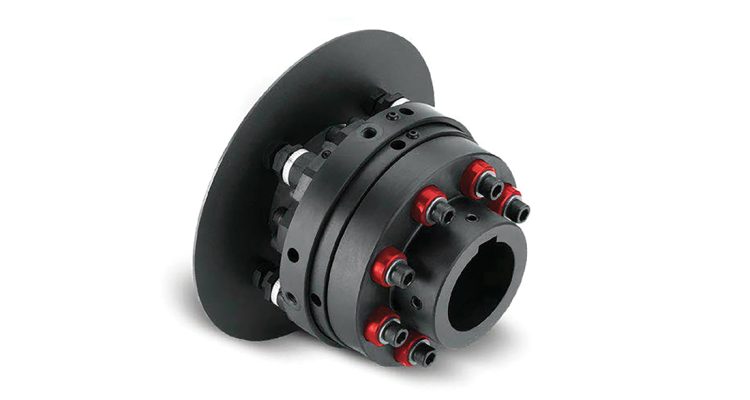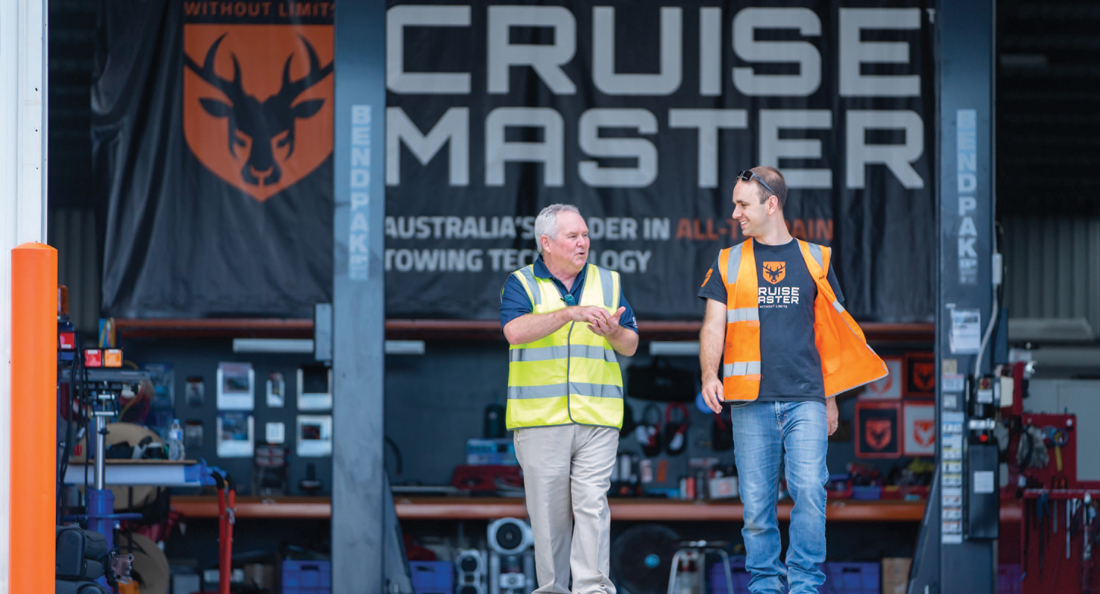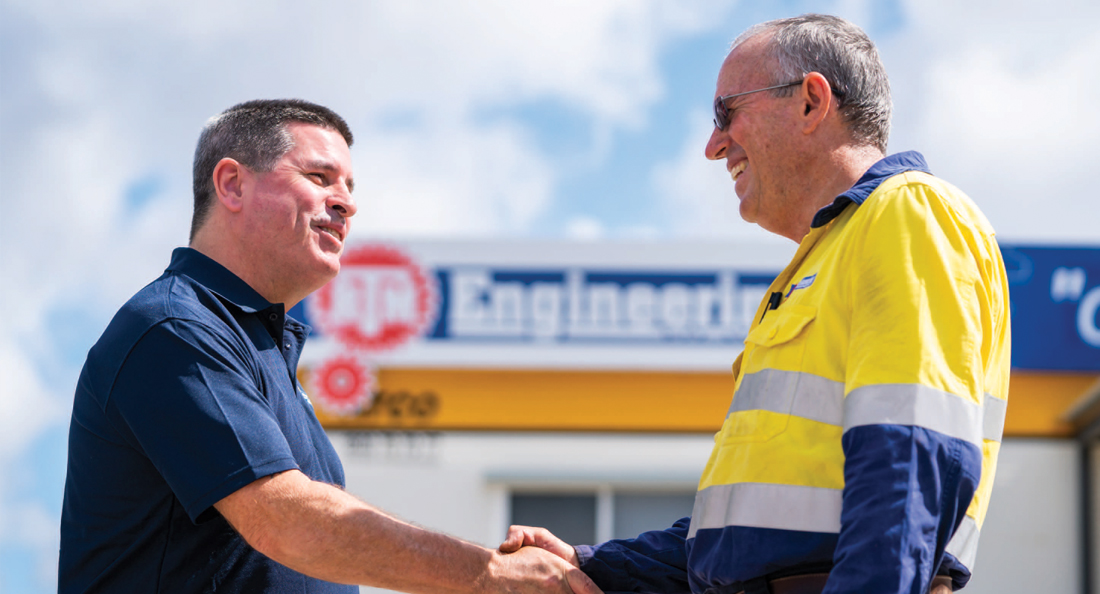Modern machines vary in the complexity and intended purpose in application, but one commonality all machines share is the element of motion.
The limits of a machine’s motion capabilities can be calculated based on torque, force, and velocity, and in order to ensure mechanisms continue to operate safely and effectively– determining these limitations and maintaining them is a critical requirement for protecting against machine failures and injuries, according to Motion Australia’s Steve Hittmann.
“The power and energy behind mechanical drive systems are what literally keep industry in motion,” says Steve. “Whether we are dealing with packaging and printing machinery, food processing equipment, or production assembly lines for metal and steelworks – all of these industries rely on machined equipment to perform to a certain standard, particularly in controlled environments where workplace safety is paramount.”
As Category Manager for Mechanical Drive Systems, Steve is well versed in the complex engineering problems that come with safeguarding mechanical systems, as well as the safety requirements that go into power transmission and drive system design.
When it comes to predicting a potential failure or breakdown on a piece of equipment, Steve says that torque limiters play an important role in addressing these challenges.
“Torque is the measure of force that causes rotational motion and importantly, it takes into consideration the angle and the magnitude under which said force can be applied,” he explains. “Therefore, in the event that a mechanism encounters unexpected force that overloads its capacity and exceeds the limitations of its original design, a torque limiter serves as a barrier between unexpected force and machine overload. This prevents damage to the machine, downtime on production, and most importantly, injury to the machine operator.”
Steve further emphasises that for industrial operators, torque limiters are about protecting themselves and their equipment. “Overload presents significant risks to workers and a business’s assets, and a torque limiter is an affordable solution for mitigating these risks,” he says.
For reliable protection against overload, Steve recommends Regal Rexnord’s Autogard range of torque limiter products. “Suitable for multi-directional and variable speed applications, Autogard’s Torque Limiters are one of my go-tos because of its disengage feature that can be preset to a specific torque value, depending on the application,” he explains.
“Whereas in the normal drive condition, torque is transmitted through the drive balls and the inner strut balls are designed to carry no load during this time, Autogard Torque Limiters differ from competitive designs by incorporating a unique reverse-to-reset function using two sets of balls on concentric pitch circles.”
From a technical standpoint, Autogard Torque Limiters are unparalleled in their fail-safe abilities. Essentially, the arrangement works like a mechanical “fuse” to protect the weakest member of the drive train, and when an overload condition occurs on an application where an Autogard Torque Limiter is in place, the drive balls on the limiter roll out of their seats and force the slide and drive plates apart.
From there, the cage plate strut balls and drive balls all rotate until the cage plate hits a stop located in the slide plate. At this point the spring pressure has been transferred from the drive balls to the strut balls and the strut balls prevent the drive balls from re-engaging the drive plate – bringing the mechanism to a full stop.
“This process is the equivalent to disengaging a clutch on a drive system,” explains Steve. “And when the operator is ready to re-engage, this can be done manually or automatically by slowly inching the motor in reverse. The benefits of these settings are that they allow for operators to proceed with caution upon re-engagement.”
As an industry leader in overload protection, Autogard Torque Limiters have been supplying a range of torque limiters for more than 80 years. Through Motion Australia, Autogard offers a full range of torque limiters and overload protection products to suit the torque requirements of every industry and application.
Eddie the Engineer: What sets Autogard Torque Limiters apart from the rest?
• Thousands of units successfully in operation around the world.
• Proven to increase the life of drive system components.
• Accurate and reliable torque limitation capabilities.
• Designs accommodate a large torque range of over 44,500,000 in-lbs (5,000 kNm).
• Optimised for use on variable low and high-speed applications.
• Instantaneous disengagement feature protects equipment from damage.
• Automatic or manual re-engagement settings.
• Springs can be inspected and changed without dismantling the drive train.




